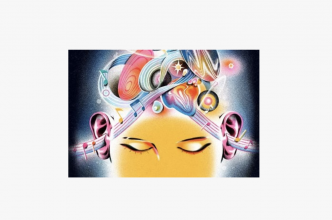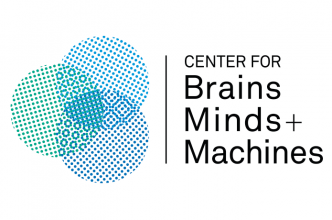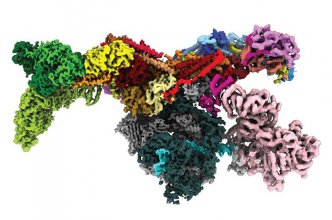Home Page Spotlights
Co-founded by CBMM graduate student Taylor Baum, Sprouting - and educational startup directed at: building confidence; increasing student engagement; reducing lesson preparation time; and to keep innovating - hosts their first Hackathon in Puerto Rico.
Prestigious honor society announces more than 250 new members including CBMM's Michale S. Fee and Rebecca Saxe.
Dr. Kelsey Allen, MIT PhD '21 and CBMM Alumna, awarded the prestigious Glushko Dissertation Prize in cognitive sciences for her PhD thesis entitled “Learning to act with objects, relations and physics."
April 5, 2022 - 4:30 pm, MIT 26-100 and online - "[W]e are on the cusp of an exciting new era in science with AI poised to be a powerful tool for accelerating scientific discovery itself."
During Super Bowl LVI in 2022, Boston Dynamics robots and their founder and Chairman Marc Raibert are featured in a commercial.
The National Academy of Sciences (NAS) has announced today that Nancy Kanwisher, has received the 2022 NAS Award in the Neurosciences for her “pioneering research into the functional organization of the human brain.”
Nature Methods has named protein structure prediction the Method of the Year 2021.
New research from MIT neuroscientists suggests that natural soundscapes have shaped our sense of hearing, optimizing it for the kinds of sounds we most often encounter.
"I have no idea how that happened, but it's a thrill to share cool things about the brain with people all over the world. I am so proud of MIT for starting the online learning revolution 20 years ago with OCW!" ~Nancy Kanwisher
A new machine-learning system helps robots understand and perform certain social interactions - from CBMM research in the MIT InfoLab Group headed by Boris Katz.
A new paper by DeepMind scientists and CBMM EAC Member Demis Hassabis on their solution to the 'protein folding problem' using their AI system Alphafold.
AlphaFold neural network produced a ‘totally transformative’ database of more than 350,000 structures from Homo sapiens and 20 model organisms.
Scientists have long searched in vain for a class of brain cells that could explain the visceral flash of recognition that we feel when we see a very familiar face, like that of our grandmothers. CBMM's Winfrich Friewald and colleagues have discovered...
The challenges of tackling this question are so daunting that few have tried. But Heather Kosakowski, a PhD candidate at MIT, is determined to find answers.















